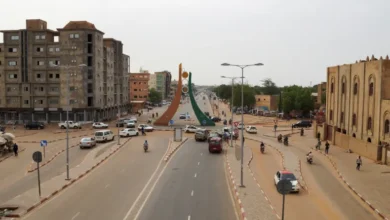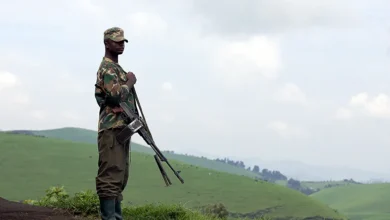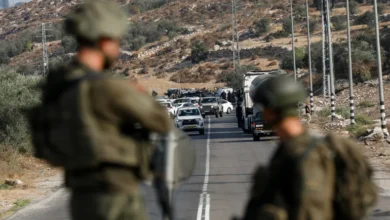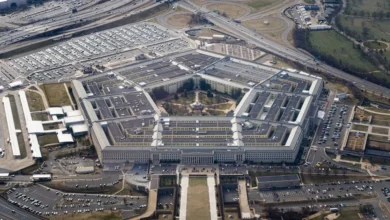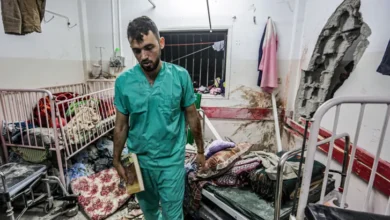Analysis: The military logic behind Israel’s ‘total’ Gaza siege

Saturday was marked by two bits of at least half-good news: the opening of the Rafah crossing with first aid trucks entering Gaza, and the release of two hostages. These are developments that reflect another key aspect of this latest Middle Eastern conflict: Israel’s siege of the Gaza Strip.
Sieges are among the oldest of military operations. The attacker cuts off the communications and supplies of their enemy, hoping that deprivation, disease, and demoralisation will cause the besieged forces, and the civilians blockaded with them, to stop resisting and surrender.
Short of an outright submission, the invader can hope that the defenders’ morale and fighting capability will be so eroded by a long siege
The siege itself is always cruel and brutal. It is a tactic intended to keep human beings hungry, thirsty, cold, miserable, and without medication. Unable to maintain hygiene without running water, those inside the blockade will experience cholera, dysentery, and many other diseases.
As a child, I would laugh at my Balkan grandmother’s warning that “when you grow up you should always keep a bag of flour at home”. Much later I met similar grandmothers who had experienced war and deprivation in countries from Lebanon to Afghanistan and East Timor, and each warned their kin to have a reserve of cereals or pulses. But even those who heeded their grandmothers’ advice and were not caught unprepared would see their reserves disappear at an alarming rate. If they had to flee, they lost not only stored food but also their kitchen utensils, stoves, and fuel.
The Gaza Strip has been under blockade for 16 years, but at least had sufficient basic necessities. Following the Hamas attack on October 7, Israel terminated all supplies going into Gaza, and cut off water and electricity. Closure of the crossing points prevented aid from reaching the enclave. Israeli aerial bombardment and the order to evacuate the north has added to the desperation of the people of Gaza.
That means that over two million Gazan Palestinians now depend on food aid to survive.
One of the earliest modern sieges was the Berlin blockade of 1948-49. However, some of the harshest happened in the 1990s, in Bosnia and Afghanistan. While the siege of Kabul, far from the eyes of the West, went largely unnoticed, the barbaric, brutal siege of Sarajevo galvanised the world into action — at least from an aid standpoint.
Nobody tried to stand up to the Bosnian Serb aggressors that shelled the capital for four years, killing many more civilians than soldiers, but countries did send food, stoves, sheeting to replace shattered windows, and limited fuel.
that they would eventually succumb to a determined attack.
In the olden days, if civilians were not slaughtered by an invading
On average, humans require approximately 2,200 calories per day. Experts have claimed that for a short time — up to a month, maybe two — a person can survive on 1,200 calories. The inmates of the Auschwitz concentration camps were fed 1,000 calories.
Records showed that Bosnians received an average of 300 grams of food aid per day, and the calorie count was certainly well below basic requirements. Most of those who survived the sniping and bombardment, emerged from the war thin and emaciated.
Humans also need an average of five litres of water per day for drinking, cooking, and personal hygiene. Experts have said that in emergencies 1.5 litres may suffice, with considerable sacrifice.
Bosnia-Herzegovina was able to rely on its abundant rivers and lakes for water. However, arid Gaza has virtually no fresh water.
Counting the most basic needs in food and water, every Gazan needs to be supplied with two kilograms of aid per day. For two million inhabitants that makes 4,000 tonnes per day. A typical truck takes 20 tonnes. Simple maths say that the line of trucks to supply Gaza would on each day be at least four kilometres (2.5 miles) long.
force, the best they could hope for would be to end up as prisoners, hostages, or slaves. Nowadays, such extreme treatment is considered unacceptable — but civilians invariably suffer, even if they escape with their lives.
The logistics of providing aid are staggering. To deliver aid, the outside world would need to use a dedicated port where an average of two ships could moor every day. Thankfully, Egypt has such a harbour just 40km (26 miles) from Rafah, in the coastal Sinai city of el-Arish.


